Search the Special Collections and Archives Portal
Search Results
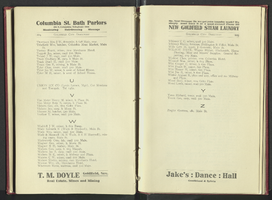
sod2021-076-116
Text
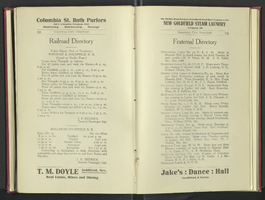
sod2021-076-120
Text
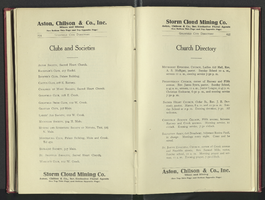
sod2021-076-121
Text

sod2021-076-128
Text
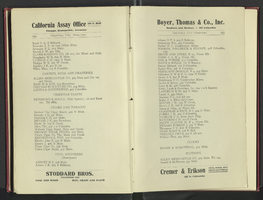
sod2021-076-131
Text

sod2021-076-132
Text

sod2021-076-133
Text
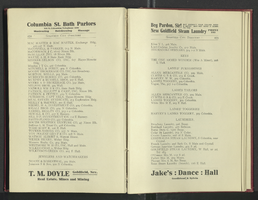
sod2021-076-140
Text
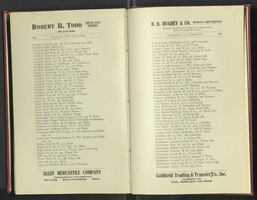
sod2021-076-146
Text
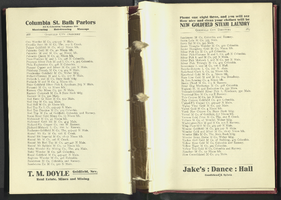
sod2021-076-148
Text
Pagination
Refine my results
Content Type
Creator or Contributor
Subject
Archival Collection
Digital Project
Resource Type
Year
Material Type
Place
Language
Records Classification
